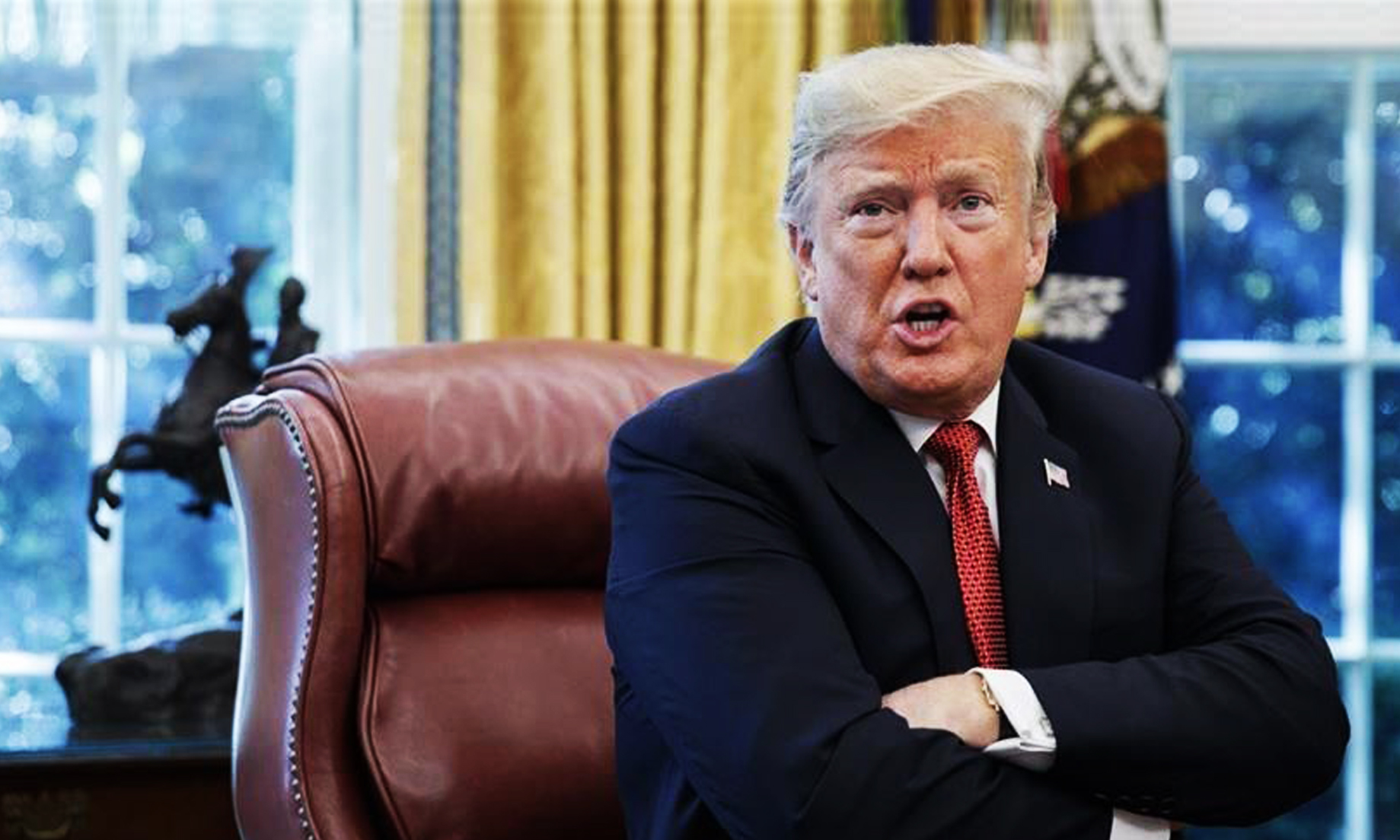
WASHINGTON, July 19 (NNN-AGENCIES) — Tensions in the Gulf region mounted as US President Donald Trump said an American naval vessel shot down an Iranian drone that threatened the ship as it was entering the Strait of Hormuz.
It was the first US military engagement with Iran following a series of
increasingly serious incidents.
Trump announced that the USS Boxer, an amphibious assault ship, “took
defensive action” against the Iranian drone as it was “threatening the safety
of the ship and the ship’s crew.”
The drone was “immediately destroyed,” Trump said, after it approached
within 1,000 yards (914 meters) of the Boxer, Trump said.
“This is the latest of many provocative and hostile actions by Iran,
against vessels operating in international waters,” he said.
“The United States reserves the right to defend our personnel, our
facilities and interests and calls upon all nations to condemn Iran’s
attempts to disrupt freedom of navigation and global commerce.”
Tehran’s top diplomat, Mohammad Javad Zarif, told reporters he had “no
information about losing a drone today,” as he arrived at the United Nations
headquarters for a meeting with Secretary-General Antonio Guterres.
The apparent confrontation came as Iran defended its detention Sunday of a “foreign tanker” believed to be the Panamanian-flagged vessel Riah and its 12 crew for allegedly smuggling fuel.
“The vessel was en route to deliver contraband fuel received from Iranian
boats to foreign ships in farther regions when it was intercepted,”
Revolutionary Guards’ Sepahnews website said.
The drone shootdown comes after a series of low-level attacks in the region
blamed on Tehran’s forces, including placing limpet mines on several tankers and actions by what Washington calls Iranian proxies in Syria and Yemen.
In May the Pentagon announced the deployment of an aircraft carrier strike
group and a bomber task force to waters near Iran in response to “indications of a credible threat by Iranian regime forces.”
Tehran downed an American surveillance drone in June, prompting Trump to order air strikes against Iran. But he called them off at the last minute,
saying the plan was not “proportionate” and casualties would have been too
high.
On July 4 Britain seized a fully loaded Iranian oil tanker near Gibraltar,
allegedly headed for Syria in violation of sanctions.
Iran furiously branded the seizure “piracy, and one week later armed
Iranian boats menaced a British tanker in the Gulf, before they were driven
off by a Royal Navy frigate.
That led to US calls for an international flotilla to escort hydrocarbon-
laden vessels from Gulf oil fields through the Hormuz Strait.
US Central Command chief Kenneth McKenzie pledged Thursday to work
“aggressively” with partners to ensure freedom of navigation in Gulf waters.
The incidents have raised fears of a regional conflict involving the US and
its allies in the Gulf region, through which nearly a third of the world’s
oil is transported.
It comes amid a threatened breakdown of the 2015 Iran nuclear deal, with
Washington steadily ratcheting up economically debilitating sanctions on
Tehran a year after unilaterally quitting the deal.
Earlier this month Tehran purposely surpassed the deal’s caps on uranium
enrichment, aiming to pressure the other parties — France, Germany, Britain, China and Russia — to break with the US sanctions escalation and defend the economic benefits Iran was promised for agreeing to drastic limitations on its nuclear program.
On Wednesday at the United Nations in New York, Zarif accused Washington of waging “economic terrorism.”
The “unlawful, extraterritorial” sanctions “represent the greatest threat
to the achievement of sustainable development goals of Iran and many of our neighbors,” he said.
Washington nevertheless announced fresh sanctions Thursday on what it
called a “network” of companies in Iran, Belgium and China supplying crucial materials to Tehran’s enrichment program. — NNN-AGENCIES




